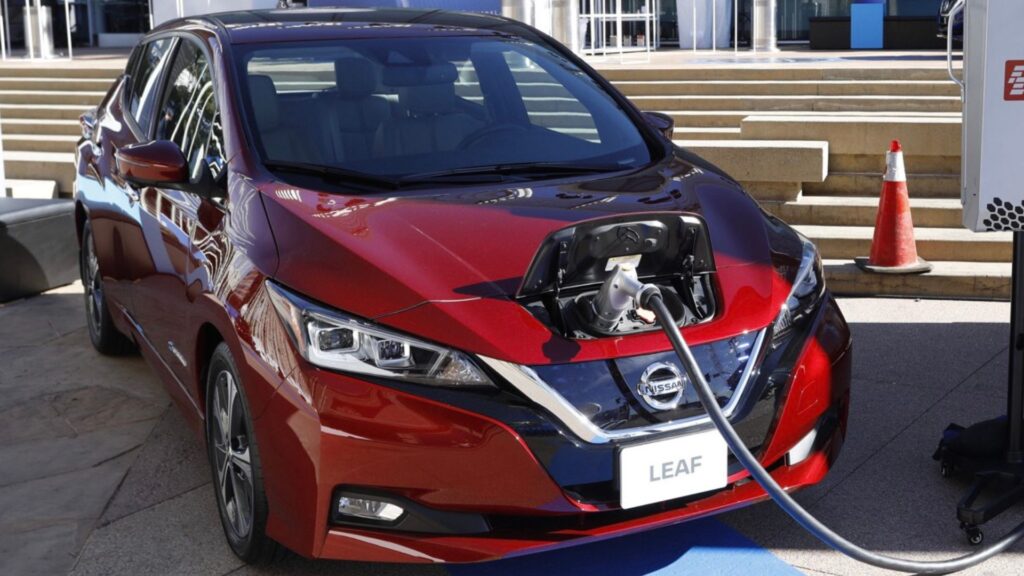How can such intelligent people act so willfully dumb?

If you spend too much time in the wrong corners of social media platforms like Twitter or Facebook, you’re liable to run into the avid pro-electric vehicle crowd. They’re loud, very much self-assured, and will absolutely insist their preferred propulsion technology is going mainstream. One can expect such blindness from fanboys, essentially the screaming throngs of diehard fans for Tesla et. al. but when industry analysts seem to be almost as naïve, that’s cause for concern.
Learn how one company wants to solve the problem of overlanding in an EV here.
In a report recently published by IHS Markit, a group which commands considerable respect in the automotive market, analysts take a closer look at why the “heartland” of America hasn’t taken to EVs as readily as coastal regions. It’s an interesting insight into how intelligent people can do deep postulating about the causes for a market problem without realizing what’s plainly obvious.
One of the big issues focused on in the report is accessibility to electric car chargers. This continues to be a focal point for many elite organizations. They somehow think the thing holding people back from buying an EV is there isn’t a charger sitting out in front of their house or at their grocery store of choice. With the federal government building its network of chargers, many think EV adoption will skyrocket. This report pulls up short of predicting that, but it hints at such a conclusion.

The other big factor hurting EV sales in middle America, as cited in the report, is EV form factors on the market. Yes, this means pickup trucks but also “family friendly, (sic) moderately priced CUVs.” Surely that is a factor, although in the report nothing is mentioned about three-row family-friendly crossovers.
Going through the rest of the report, it focuses on racial and socio-economic differences (affluent whites are most likely to buy EVs – shocker) and looks at a few inland cities where EV adoption has been better than surrounding areas, although not nearly as high as in elite coastal cities.
What’s hilarious is the report never once mentions driving ranges for EVs as a reason for slow adoption. One thing that’s clear to anyone who’s lived away from the coasts is you might regularly have to drive longer distances, making an EV far less desirable. Not everyone lives in dense urban areas where almost all trips are under 80 miles.

What’s more, the study didn’t focus on other practical or less-than-practical features of EVs, like the lack of towing range, difficulty financing on regular salaries, or the fact people might not trust over-the-air updates pushed out by automakers. I wouldn’t be surprised if such subjects were brought up to IHS they would be dismissed as silly or worse, dangerous.
Ultimately, it might be that at least involved in the creation of this report didn’t want to mention the topics I brought up for fear of being castigated for committing blasphemous acts. I don’t say that to be mocking or cruel but rather to bring up the fact that in the upper eschelons of the auto industry, the push toward electrification has been infused with a fanatical fervor which does not tolerate descent in the least. Bringing up legitimate concerns consumers might have with the desired switch is seen as a sign of treachery. The end result is horrendous group think, thus why otherwise intelligent people seem so incredibly stupid.
Read the report for yourself here.
Photos via Ford, GM, Nissan




























+ There are no comments
Add yours